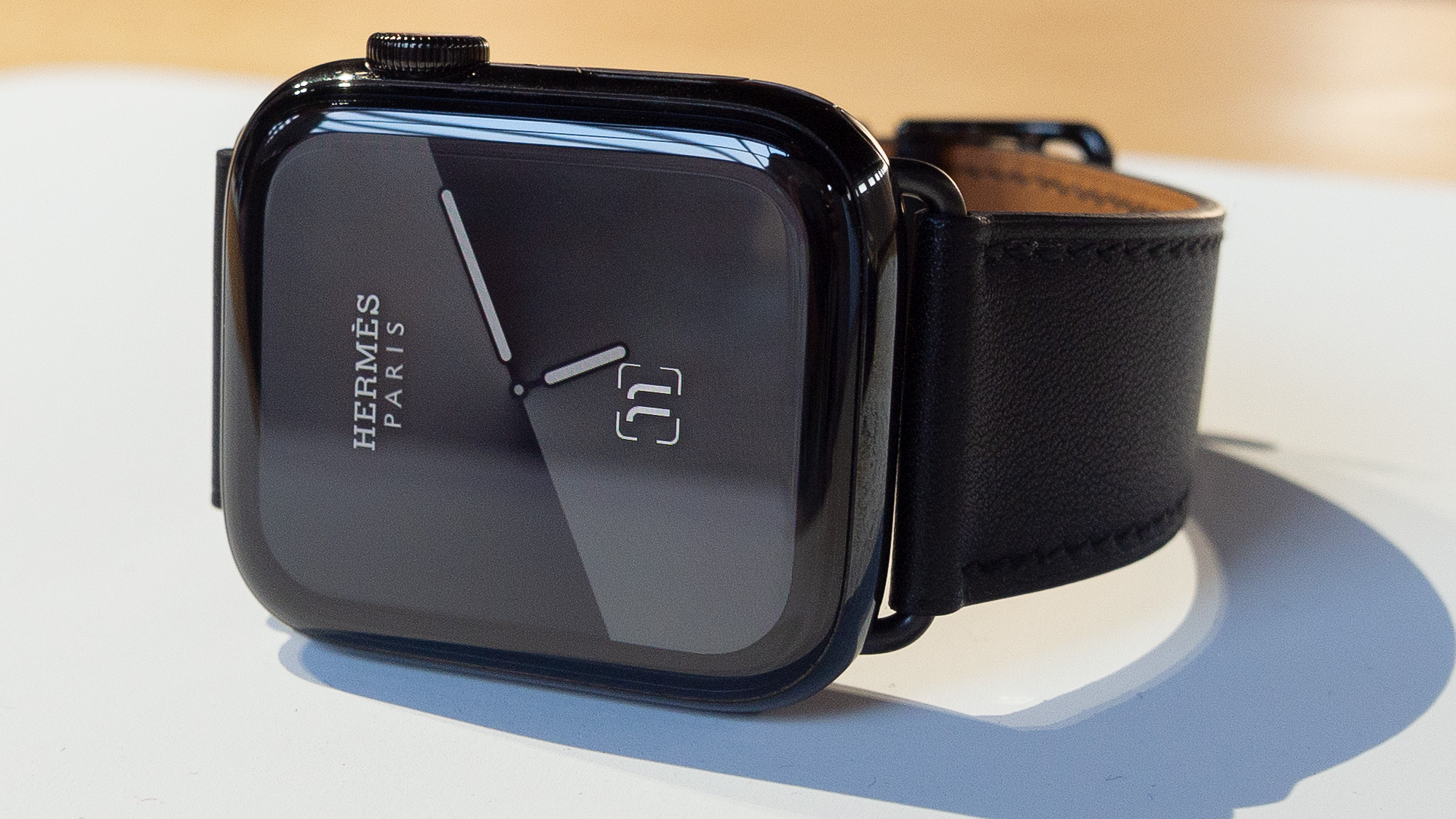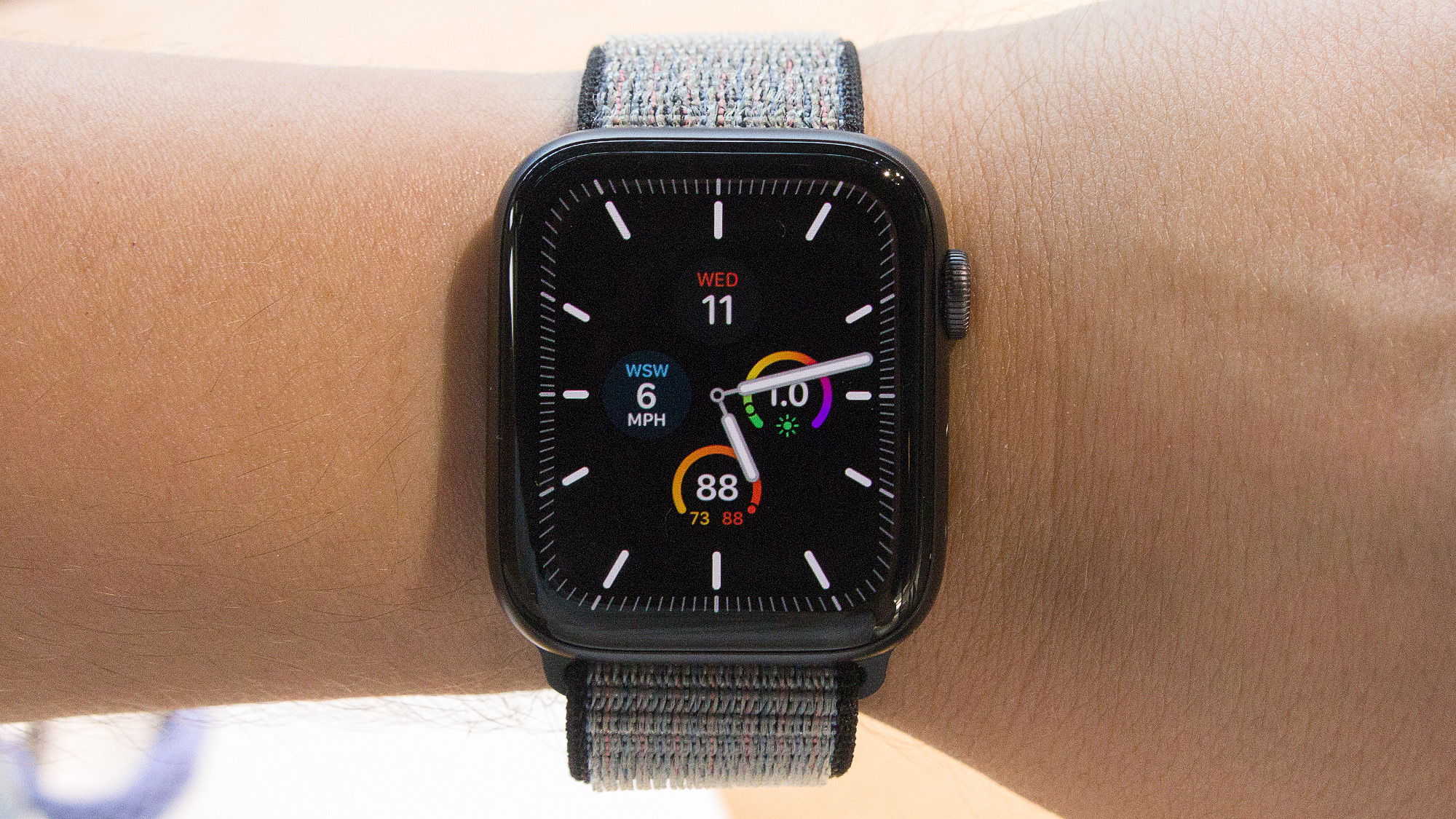The Apple Watch 5 needs sleep tracking, not an always-on display
OPINION: Apple’s ultimate health accessory still lacks support during the night

Apple Watch Series 5 just got a radical new feature: an always-on display... which essentially makes it as useful as a hundred-year-old analog wrist watch.
While this Apple Watch wearer is overjoyed that I no longer need to flex my wrist just to see the time, the addition of an official Apple sleep tracking, rumored in the lead up to the iPhone 11 launch event, would have been much more useful than a display that never turns off.
Why do we feel so strongly about it? Well, Apple Watch has established itself as the ultimate health accessory thanks to its comprehensive health-tracking sensors and metrics used during the day, but a sleep tracking feature built and supported by Apple would have given good reason to wear it 24 hours a day.
Still, here we are years later and no official sleep tracking is available.

Why didn’t sleep tracking show up?
So why didn’t we get sleep tracking on the Apple Watch 5? There are no obvious answers. Third-party app developers for Apple Watch have been offering sleep tracking solutions for some time now, but they can’t quite provide the functionality and neat tricks Apple would be able to work directly into the watch. Many of the best smartwatch alternatives out there have added their own sleep tracking, so why not the premier watch from Apple?
To give the company the benefit of the doubt, it’s better to get the sleep tracking feature exactly right before debuting something emitting false positives. If the company’s sleep tracking software feature isn’t ready or enough studies haven’t been performed to certify its efficacy, it would make sense that Apple cautiously held off on introducing a new area of health monitoring.
In terms of what we can glean, it’s possible that Apple thinks its claimed 18-hour battery life isn’t enough, but that shouldn’t be the determining factor here. Personally, I can report wearing a Series 4 watch for more than 12 hours a day, using cellular and exercise tracking and I still have more than 50% battery life remaining at the end of the day. If folks can’t remember to top up their watch enough to last through the night, it shouldn’t prevent users who can from benefiting from a new feature.
Sign up for breaking news, reviews, opinion, top tech deals, and more.
One theory is that Apple is trading the extra battery capacity for the always-on display. The battery life is good enough that the company opted to spend the extra capital on making the watch more...watch-like. I get the reasoning: Apple might not want to push it and risk the watch not lasting a full day for the average user, but it’s a shame both features couldn’t have been added.
Other smartwatches that have always-on displays have typically incorporated tricks like keeping watch faces mostly static and limiting the on-screen information when the wearable is inactive. In Apple’s case, the Series 5 always-on display switches to a minimal and darker watch face to turn off some pixels and conserve battery.
But, it is also incorporating a new Low-Temperature Polysilicone and Oxide (LTPO) screen allowing for a dynamic refresh rate, as slow as 1Hz a second—down from the high of 60Hz per second. Unlike other competitors however, Apple Watch largely keeps the same watch face and information refreshed and visible while inactive. A hyper conservative attitude towards battery life is probably the reason we have yet to see sleep tracking.

So when will sleep tracking arrive?
Don’t fret, sleep tracking is still likely coming. If you still aren’t convinced that Apple is building the ultimate health accessory with its watch, you probably haven’t seen the tear-jerking video it showed at its event. It’s worth watching. The Apple Watch is first and foremost a device to monitor your health, and Apple has gone to great efforts to lead the way in this area, most recently through the addition of the ECG feature to check for irregular heartbeats like atrial fibrillation (AFib) in real-time.
Sleep tracking is the other side of the coin for Apple’s (daytime) health initiatives, but so far the Apple Watch isn’t ready to help people with the other third or quarter of their day—the time they spend sleeping.
There’s no way Apple ignores the feature of sleep tracking forever; rumors about the company investing in the idea go back as far as 2014. With the most recent rumors detailing several features tied to sleep tracking and even a code name for the feature being leaked—the code name is burrito, by the way—there’s even a chance that the feature could come before or at WWDC in June 2020. I might even bet it comes in a point release for watchOS 6.
Always being able to look down and see the time and information on your watch face is nice Apple Watch perk, but a sleep tracking feature could help the 50-70 million Americans who reported having chronic sleep and wakefulness disorders. Until Apple addresses it, it will remain a lingering feature ripe for the picking – one that Apple needs to pick.
- Want to improve your sleep? Here are the best sleep trackers in 2019

Tyler Hayes is a Freelance Journalist and Contributor and has experience with corporate communications handling marketing, executive messaging, and PR initiatives for multiple companies. Besides heavily contributing to Fast Company, he has also written for PCMag, Fatherly, Paste, Lifewire, Billboard, Mic, The Week, The Next Web, Fortune, Tools & Toys, Shondaland, and many other well-known publications.